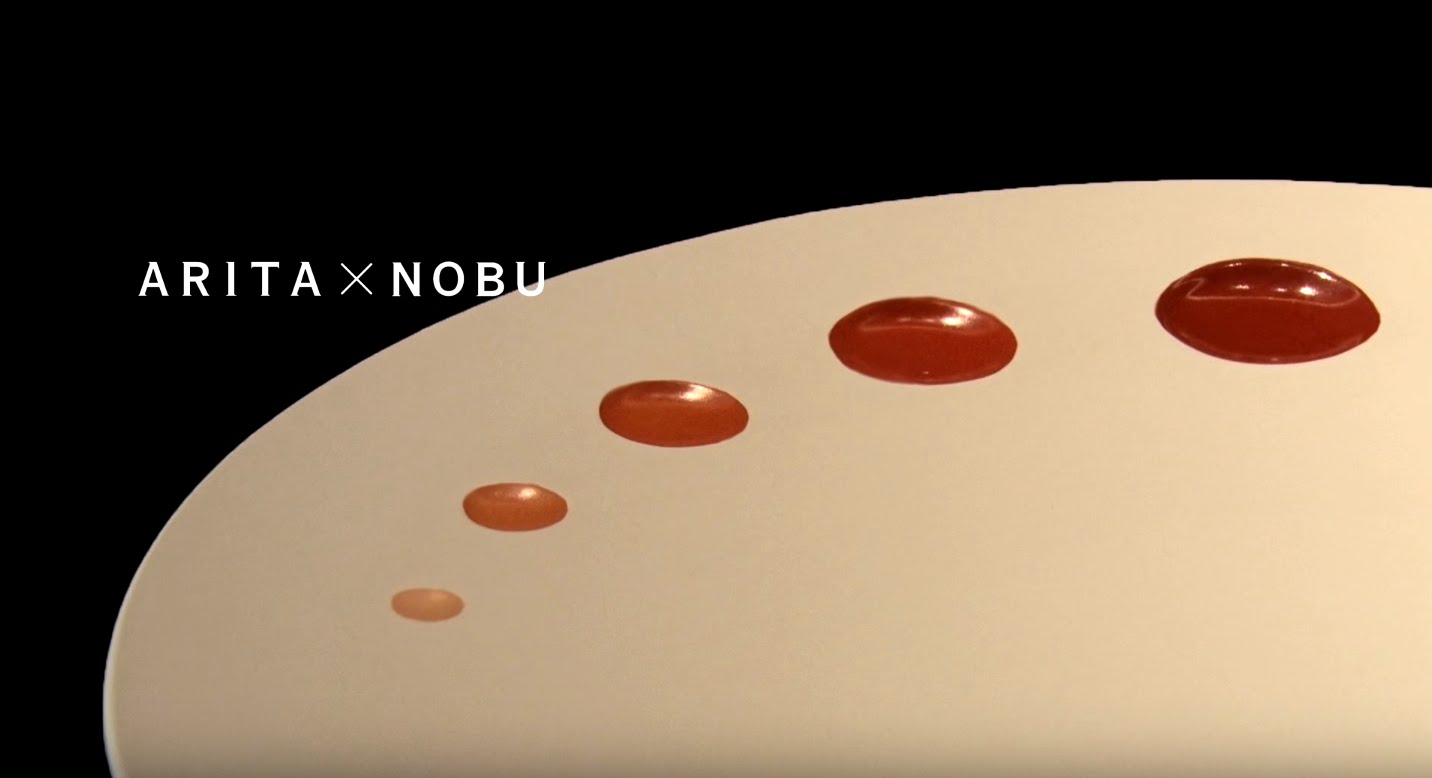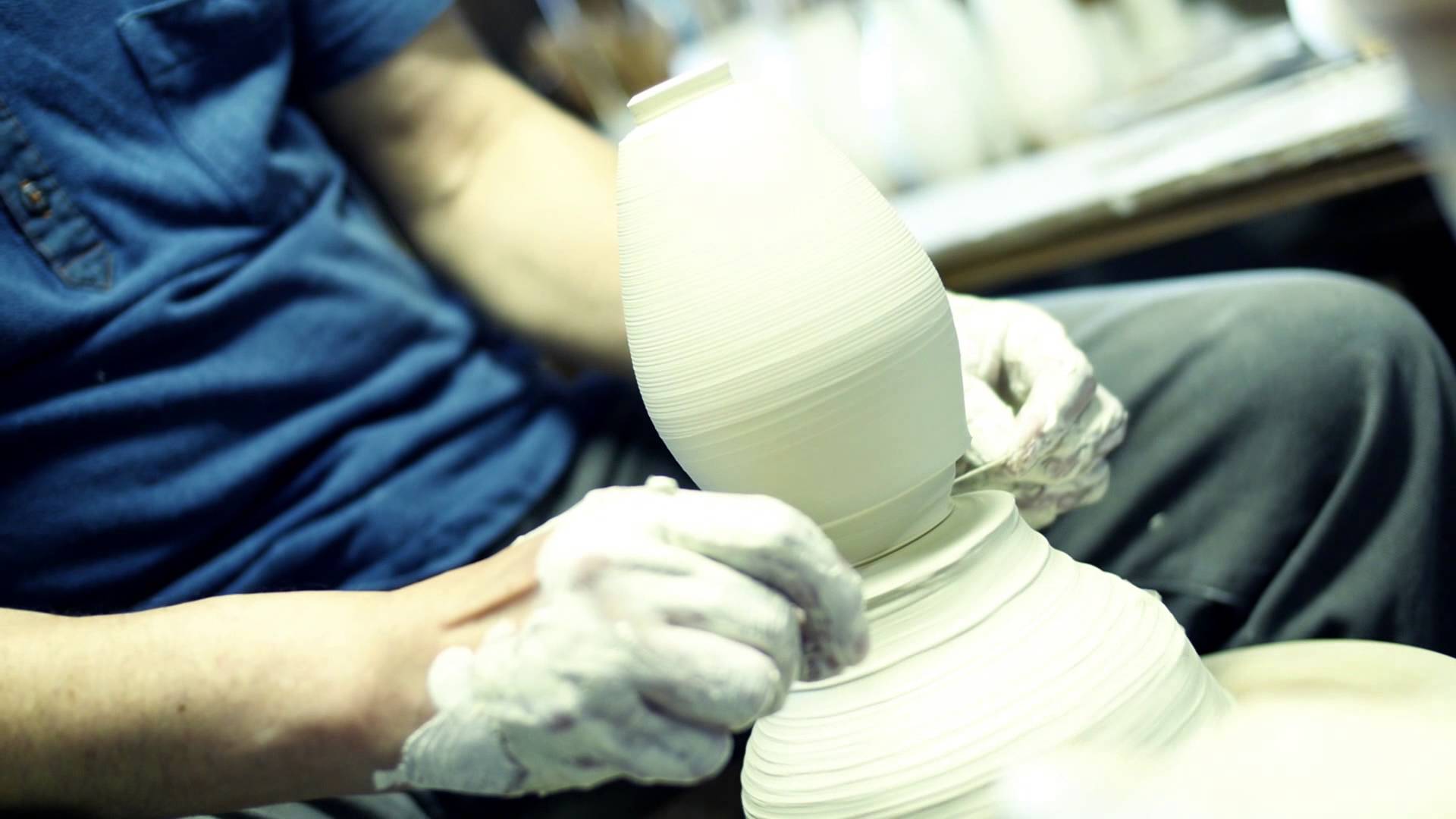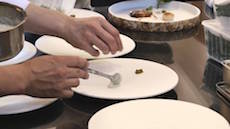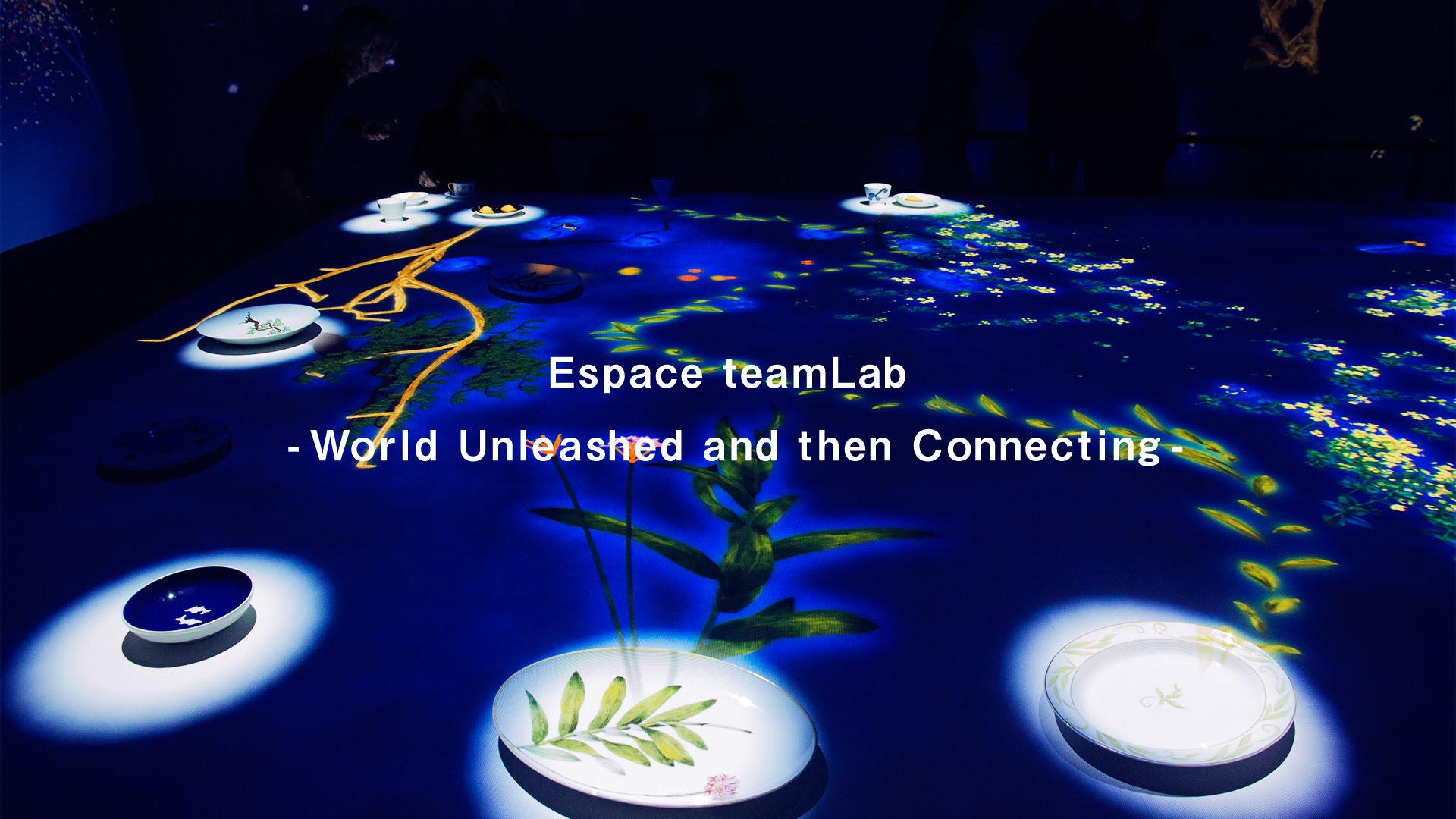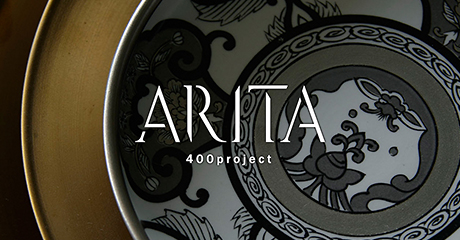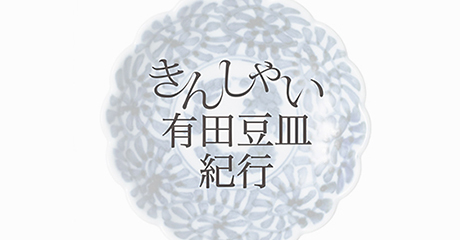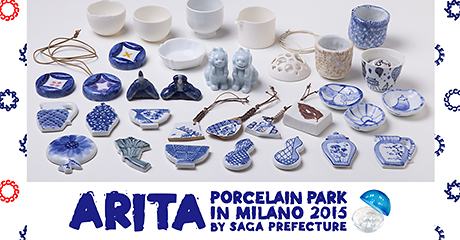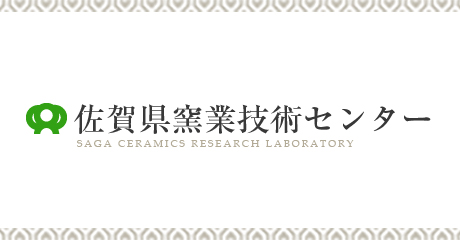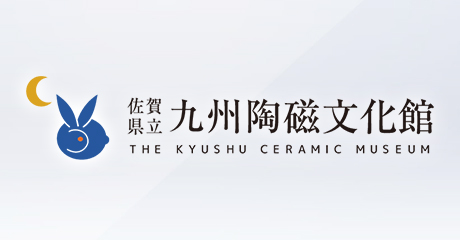023
"The Birth of Porcelain in Japan"―a special exhibition to explore the 400 year history and beauty of Japanese porcelain
Arita, the first porcelain made in Japan, was born 400 years ago, and over the generations Arita has been constantly meeting challenges and evolving technological innovations which have influenced the production and development of porcelain throughout Japan. This exhibition centered upon Arita showcases a fantastic collection of Japanese porcelain and allows the visitor to get closer to the many techniques and stunning beauty of Arita porcelain.
Distinctive beauty of Arita and Japanese porcelain
What kind of beauty comes to mind when we hear the word, Arita? Perhaps there is no one single image and we all have our own personal idea of Arita beauty. Arita, producing porcelain for four centuries, has always been at the avant-garde of each generation while honing the skills needed to produce the finest porcelain; this heritage has strongly influenced the production of other Japanese porcelain styles and led to the rise and development of other production areas. "Yakimono-zuki" (appreciation for pottery and porcelain) is a well-known Japanese national characteristic and the existence of the renowned Hizen Saga region is essential for such a nation of ceramic lovers.
The exhibition is made up of 132 masterpieces kindly loaned by museums and individual collectors from all over Japan and is divided into three sections: the first "The Birth of Porcelain in Japan and the Beginning of Polychrome Pottery" explains Arita porcelain was started in the area where Karatsu pottery was produced; the second "The Development and Succession of Hizen Porcelain" shows the market growth of porcelain and product development; and finally "The Start of Porcelain Production in Japan and Its Diversity" showcases porcelain from each production area and Arita's influence on them. The exhibition helps us rediscover the beauty and diversity of Japanese porcelain revolving around innovation and the development of Arita porcelain.

Tea ceremony and utensils - Porcelain for daily use and ornament
The exhibition starts with a small and simple sometsuke plate, and even though measuring only 15 cm in diameter, it demonstrates powerful design, bold composition and carefree brushwork which over time will develop into the ruri, seiji and sabiyu techniques, and flower into beautiful art-pieces including large plates of some 45 cm diameter, tea utensils and incense burners. Arita, starting with the technique and style of such polychrome pottery as Kakiemon and Kokutani, came to fruition with Hankama and Nabeshima by using a range of outstanding techniques. We can acquaint ourselves with the perfect form and beauty of Arita, the quintessential Japanese porcelain.
Arita techniques and exports spread across the world
From the early days, the outstanding craftsmanship coupled with the aesthetic appeal of Arita porcelain, which so dominated the domestic market, were exported overseas by the Dutch East India Company. Arita created a sensation in Europe leading to a dramatic leap in the form and production techniques, and an increasing popularity in Japan where everybody, regardless of their class or wealth, wanted and appreciated Arita, so much so that production spread from Kyushu to Kutani and Bingo, and on to Kyoto, Mino and Seto. The exchange of potters and techniques between centers gave rise to a variety of different products. After the upheaval of the Meiji restoration, which totally changed the politics and society of Japan, techniques and new materials were introduced to Arita from Europe. The Western Japonism movement made the Japanese reevaluate Arita. There are many pieces that will overwhelm visitors to the exhibition, such as a large vase and a three-tiered flower stand decorated with fine gold paint, and a large gorgeously colored pot. It is amazing to see the quality of the wazamono (excellent sword) of porcelain in which the large local feudal domains invested.


The beauty and techniques handed down to modern Arita
When you look at these old ceramic masterpieces which are referred to as art works, you may feel they are quite different to the porcelain we use in daily life and therefore the items we use so regularly may seem to lack something. However, even the most modern bowls and plates used today have the colorful background of Arita porcelain history. Modern porcelain products are made using techniques that have been refined by generations of craftsmen in response to the needs of their times and they are very much "alive" in the modern world. The beauty and techniques originating in the ceramics of yesteryear have transmuted and been successfully transformed into the products of today that add color, design and elegance to our modern lifestyles.




